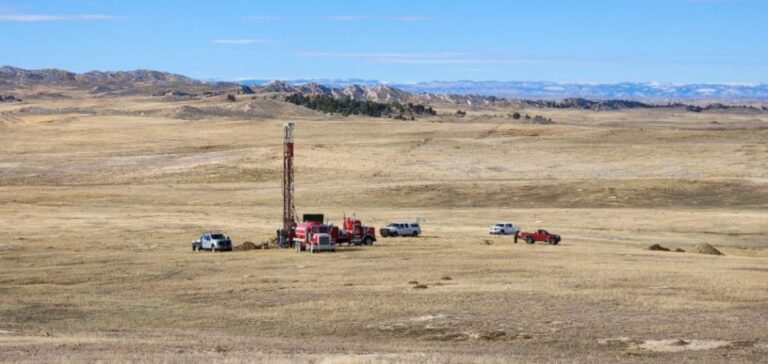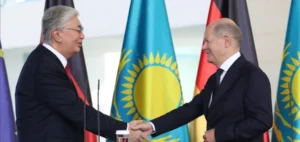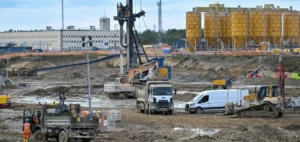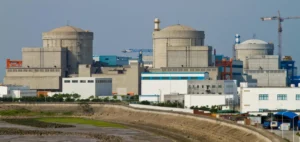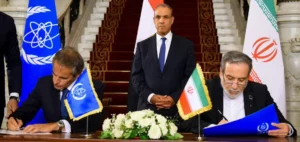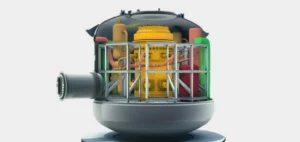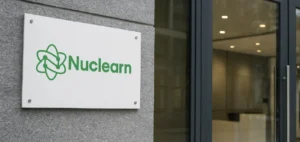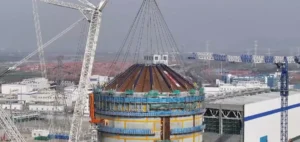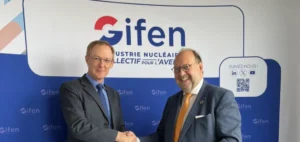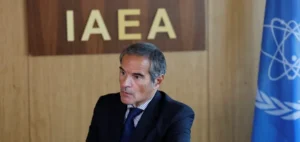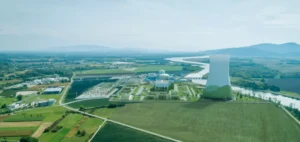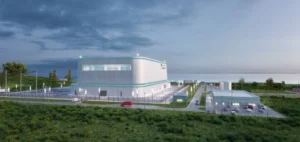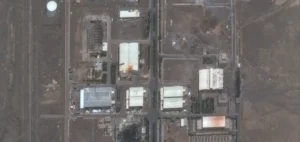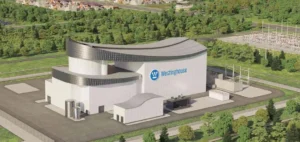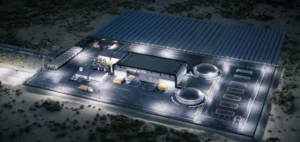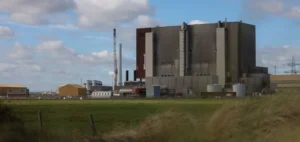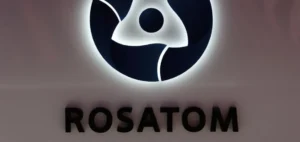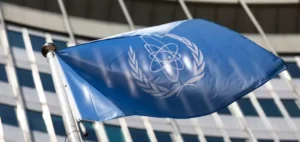Nuclear Fuels Inc.’s Kaycee project has revealed two new uranium mineralization zones, named Outpost and Trail Dust. These discoveries resulted from a drilling campaign designed to test regional targets within the property, located in the Powder River Basin, a region historically known for uranium extraction through in-situ recovery (ISR).
Promising Drilling Results
Drilling at the Outpost zone identified an interval of 6.5 feet containing 0.082% uranium (eU₃O₈), yielding a grade thickness (GT) of 0.532. Another hole drilled at the Trail Dust zone, located approximately 1.5 miles north of Outpost, revealed 5.5 feet at 0.0553% eU₃O₈, for a GT of 0.304. These values exceed the 0.20 GT threshold commonly regarded as significant for ISR extraction.
A third hole, located about two miles southeast of Trail Dust, revealed weaker mineralization (3 feet at 0.029% eU₃O₈). However, early geological interpretations suggest that this zone could be connected to the same mineralization trend, warranting further exploration.
Expanded Drilling Program
Launched in July 2024, Nuclear Fuels’ drilling program has completed 206 drill holes, totaling 124,720 feet of core drilling by its close in December 2024. Initially aimed at confirming and expanding the historical resources of the Kaycee project, the program gradually incorporated a regional exploration phase, leading to the discovery of the new Outpost and Trail Dust zones.
The company plans to resume drilling in May 2025 to better define the orientation and extent of these new mineralized structures. Additional regional targets will also be evaluated, further enhancing the potential for new exploitable zones.
A Strategic Project in a Favorable Environment
The Kaycee project covers 55 square miles and hosts approximately 430 miles of uranium mineralization trends. It is the only project in the Powder River Basin where all three historically productive geological formations (Wasatch, Fort Union, and Lance) are mineralized and potentially exploitable via ISR.
Since its acquisition in 2023 from enCore Energy Corp., which retains a partial buyback option on any significant discovery, Nuclear Fuels has been working towards establishing a resource compliant with 43-101 standards of 15 million pounds of uranium to strengthen the project’s viability.
Wyoming, where the project is located, offers a favorable regulatory environment for the uranium industry. As an “Agreement State,” the state has local authority over permitting processes, enabling faster administrative procedures compared to other U.S. jurisdictions. With over 250 million pounds of uranium produced historically, primarily through ISR since 1990, Wyoming remains a key region for the sector’s development.


